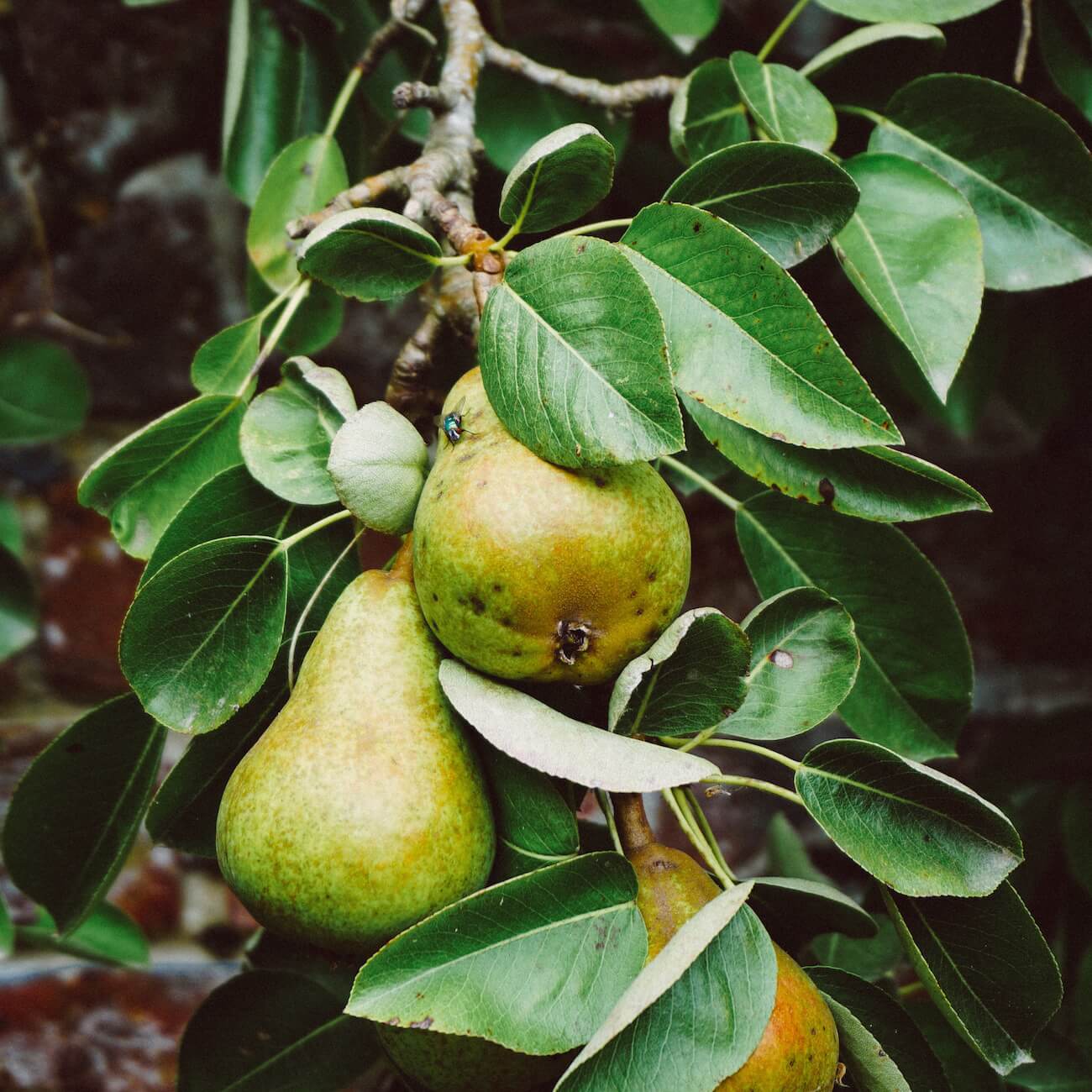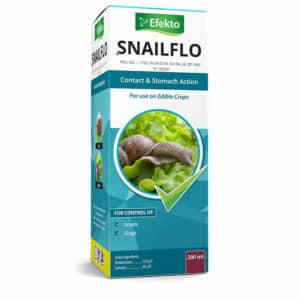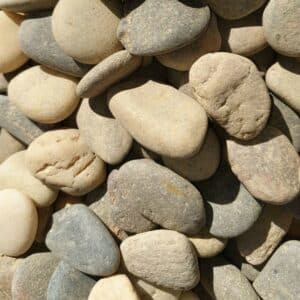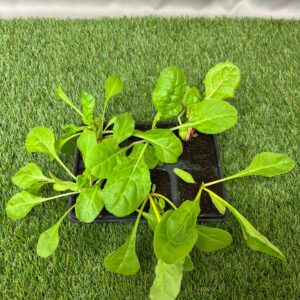Pruning deciduous fruit trees
DIY and how-to

It might sound like a daunting task but if you’re determined to grow your own fruit, then you need to also tackle the annual task of pruning your deciduous fruit trees to ensure you have a beauteous bounty, year after year.
Why do I need to prune my fruit trees?
Think of pruning as a much-needed haircut for your fruit trees. Basically, getting rid of the dead or diseased wood encourages new growth, a healthier immune system, bigger, more robust fruit next season and more sunlight filtering through to the centre of the tree.
When should I prune?:
June – July (Western Cape)
June – July (Gauteng)
What tools do I need?
- Sharp secateurs
- Loppers
- Gloves
- Steriseal
- All purpose fertiliser
- Bow Saw
The 4 Ds of pruning
- Dead wood: cutting back old, dead organic material allows space for new growth and prevents insects or disease to take over.
- Diseased wood: if it looks weak, diseased or in any way not quite right, we recommend you get rid of it. Just remember to disinfect your pruning shears after each cut so you don’t re-infect the rest of the plant.
- Damaged wood: remove any branches or parts of the tree that have been damaged by bad weather, wind, animals or even your kids. Your tree will thank you!
- Diagonal wood: think of this as the ‘deranged’ branches that point the wrong way, cross one another or rub up against the trunk of the tree. They add no value so chop, chop, chop!
Pruning methods
The Central Leader pruning method:
Use this method to prune apple, pear or pecan trees that don’t spread but naturally grow more upright.
- Single out the one main shoot that grows up the centre of the tree and cut it back to 1m in height.
- Select two or three branches that arise from the “central leader” that point in different directions and cut these back, keeping the lowest ones longer than the upper ones.
- This should result in the tree being shaped a bit like a Christmas tree or pyramid
- This will allow more light exposure to the rest of the tree which will encourage the development of quality fruit next season.
The V-Shape method
This form of pruning is suitable for all pome and stone fruit, for example peach, nectarines and plums
- You should only use the v-shaped or vase-shaped method on fruit trees that have no central leader.
- Select and maintain three to five main scaffold limbs that grow from the trunk.
- These limbs should point in different directions and originate no less than 45cm and no more than 91cm from the ground.
- Prune so that balanced growth is evenly achieved between the scaffold limbs.
You might also like
Shop online
-
SNAILFLO 200ML
- R179.99
- Add to cart Learn More
-
PEBBLES MARINE
- R319.99
- Add to cart Learn More
-
- Sale!
SPINACH 6 PACK
- Original price was: R39.99.R29.99Current price is: R29.99.
- Select options This product has multiple variants. The options may be chosen on the product page Learn More




